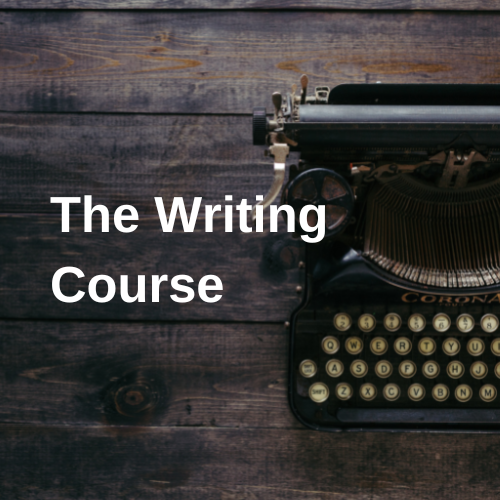Fundamentals of Academic Writing #7: How to develop ideas and arguments
In this video, I’d like to talk about developing ideas or an argument through writing, by applying some of the ideas I talked about in the last video. So if you haven’t seen that one, or you need a reminder, go and watch that one and then come back.
Now there’s this common idea that if you just write then the argument will somehow emerge, but there are actually specific techniques you can use to develop new or deeper insights or to build an argument.
As I mentioned last time, we can frame almost all the information you present in terms of responses to a problem, a question or a need, or as consequences of an idea, an action, an event or a discovery.
So when I’m writing, one of the first things I’ll try to do is to describe a problem.
This serves as a starting point and a focal point and gives the writing some purpose, because everything else is a response to that problem.
Sometimes I can do this quickly, if it’s something I’ve spoken about or written about many times before. But if I’m developing something new, what I’ll do before I start to write is explore the problem in terms of its causes.
An example
For example, about 8 or 9 years ago I was developing a webinar on working with academic literature.
At the most obvious level, the problem was that working with literature is difficult and a lot of students find it stressful. Then there was the most obvious question, the one that a lot of students asked, which was how to read more papers.
But instead of going straight to the response, I went deeper into the the problem itself, looking at the reasons why literature is so difficult and stressful to work with, effectively breaking it down into a series of smaller problems; so there’s the number of sources, there’s the fact that they’re not written to teach and they assume a lot of prior knowledge, the fact that they’re often contradictory, that some papers aren’t very good…
And I gave myself time to come up with as many reasons as I could think of. Some of them were obvious, some a bit more subtle, some maybe not that relevant.
What this led to was a more interesting and nuanced problem- that you need expertise to read the literature, but you need to read the literature to develop expertise. This led to the insight that you need different responses at different times, depending on what you’re trying to achieve and on your level of expertise.
I followed a similar process when I wrote about writer’s block. Instead of treating it as a single issue, I thought about the numerous possible causes of writer’s block, each of which requires a different response. This lead to the new insight that writer’s block isn’t a condition in itself, but a symptom, and that you need a different response depending on the underlying cause.
Think beyond the obvious
The secret here is to try to think beyond the obvious. To think beyond the first things that come to mind, to think from different angles and see what emerges. You don’t have to use all the ideas (and you probably shouldn’t), but you can select what you think works best.
So we can start by describing a problem and thinking of multiple possible causes to understand it better, and then of course we can think of different possible responses.
Then we can build on this by thinking about possible consequences of certain ideas that come up.
Thinking this way generates a lot of ideas, so I think it’s important to keep some of this thinking separate from the writing process. I’ll often do this by mind-mapping using pen and paper, then decide what I want to actually use. This is much faster than putting everything into a document and then trying to sort it out later. Again, making decisions makes subsequent decisions easier!

